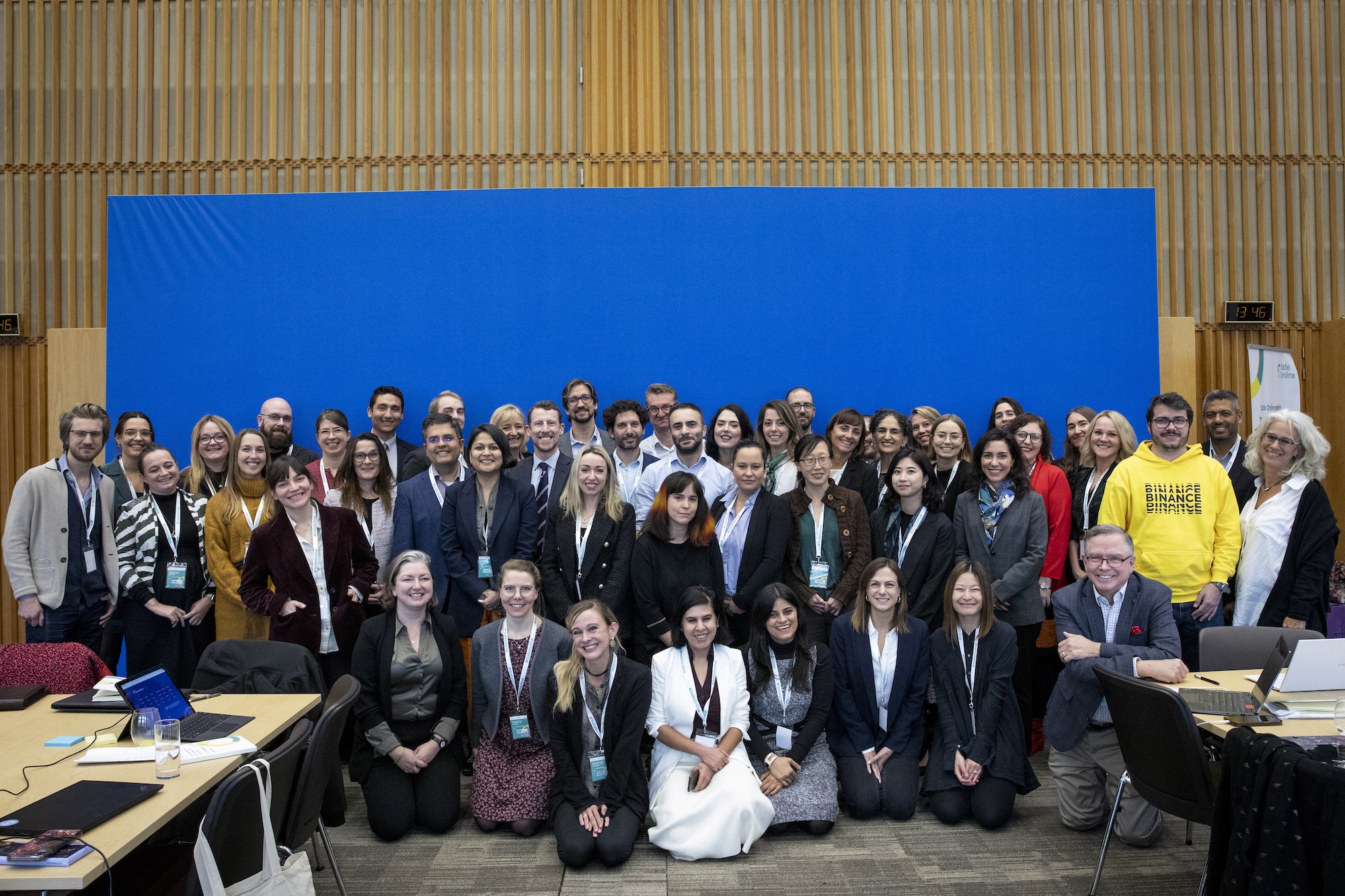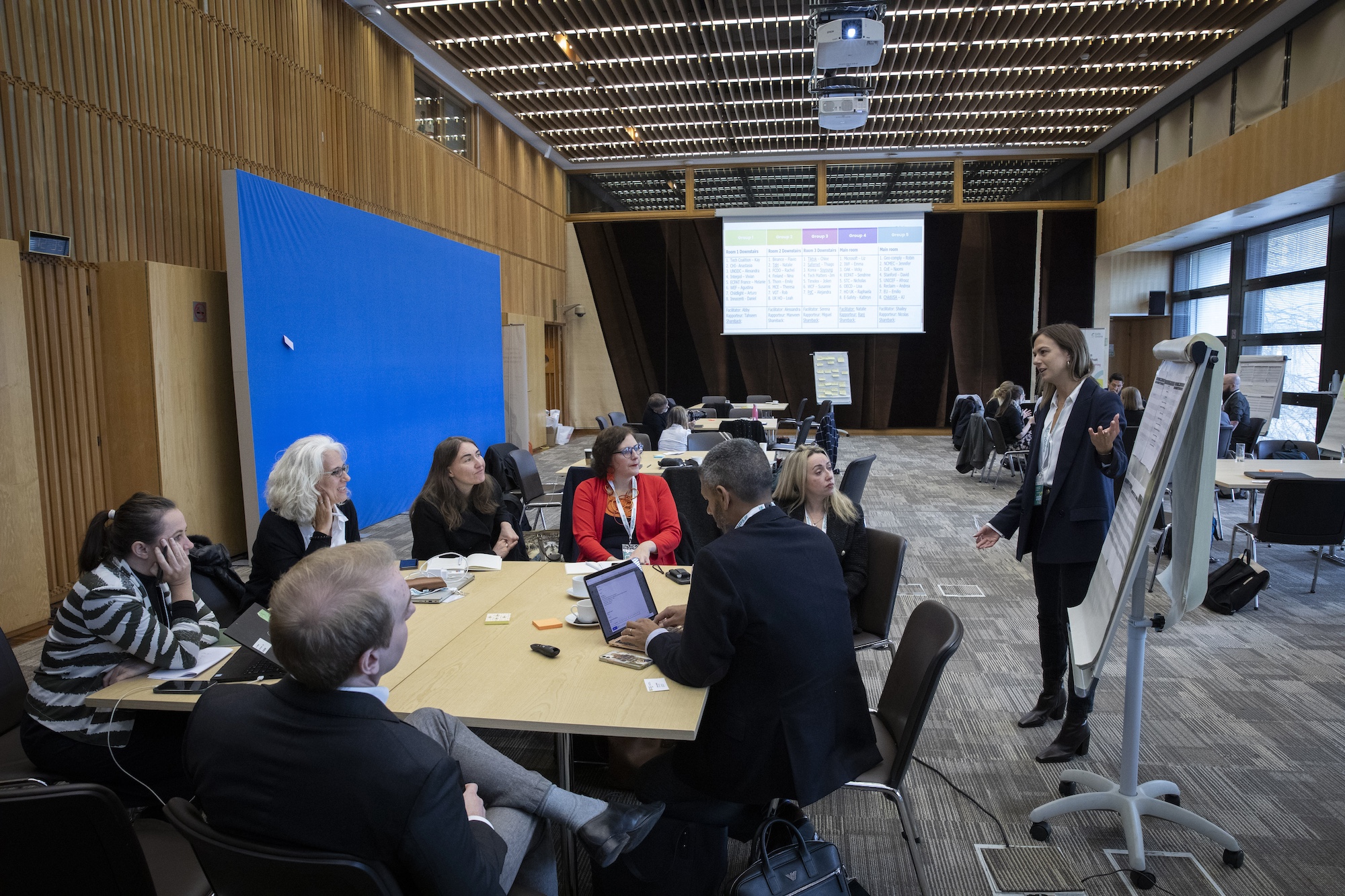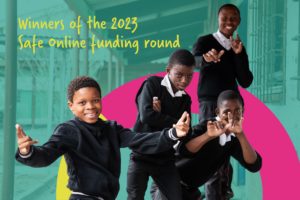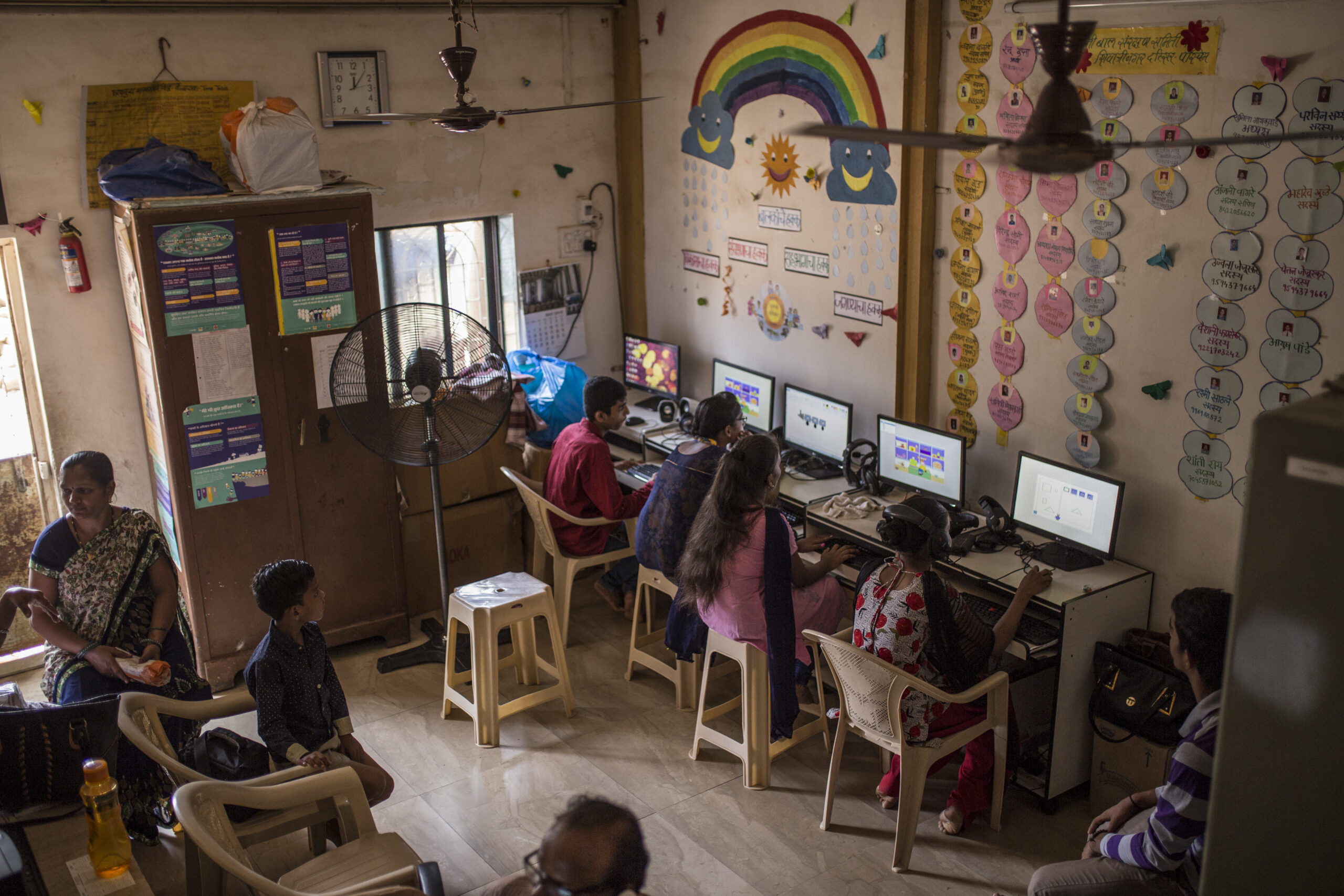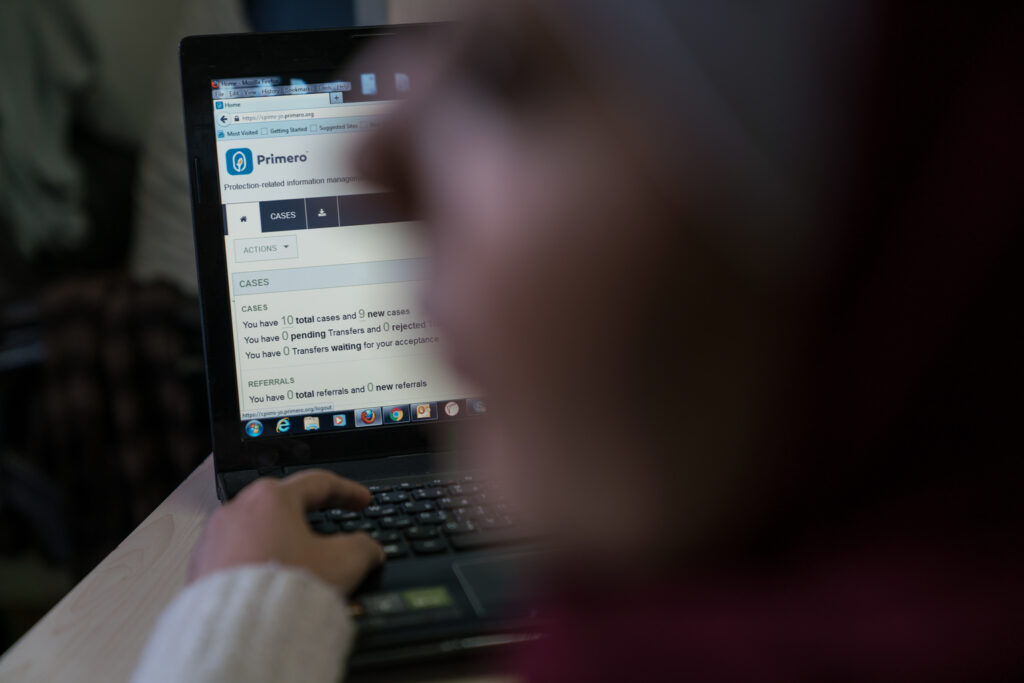Safe Online Progress Snapshot 2023
A year of progress, challenges and key milestones for Safe Online
2023 was a year of big strides on the digital landscape characterised by the rapid evolution of technologies such as Artificial Intelligence (AI) and immersive platforms. However, these technological innovations are also bringing forth new and evolving challenges, impacting some of our most vulnerable, particularly children and young people.
The challenges to children’s online safety have never been more significant, and demand an unprecedented response. Our work, now more critical than ever, has risen to meet these challenges. From strategic investments to critical research and advocacy, Safe Online has been at the frontline of the battle to tackle online child sexual exploitation and abuse.
This year also marks the beginning of Safe Online’s independent journey and our transition from the Global Partnership to End Violence Against Children. Our new role as a global funding vehicle enables us to renew our commitment to our core purpose; to protect and empower children and young people throughout the digital world.

Celebrating our investments and innovations!
This year we launched a US $10 million global open call to tackle online child sexual exploitation and abuse and awarded an additional US $5.5 million to generate crucial data and evidence building on learnings generated in previous rounds, from tech solutions to systems strengthening and policy development.
We welcomed 10 new trailblazing grantees into the Tech Solutions fold with innovative projects and awarded 4 new projects as part of our Tech Coalition Safe Online Research Fund to advance the journey from research labs to the frontlines of tech.
Since 2016, Safe Online has been at the forefront of this global battle against online CSEA, investing over US $77 million in over 100 projects across 85+ countries. Through our investments, Safe Online is rewriting the future of online safety.
Disrupting Harm's Global Leap: Flagship research project on online CSEA expands to 11 new countries!
This year, 11 new countries: Armenia, Brazil, Colombia, Dominican Republic, Jordan, Montenegro, Morocco, North Macedonia, Pakistan, Serbia and Tunisia announced the implementation of Disrupting Harm in their respective countries. This second round of investment by Safe Online (totalling USD $7.5m) will expand Disrupting Harm to 4 more regions and enable robust research on online child sexual exploitation and abuse, conducted by Disrupting Harm partners ECPAT International, INTERPOL and UNICEF Innocenti with support from national expert organisations. By 2025, each participating country will be armed with evidence-informed action plans, tailored to fortify their defences against online child exploitation.
Key Moments and Strategic Opportunities
In 2023, Safe Online leveraged over 60 strategic opportunities including high-level events, convenings and meetings to elevate the profile of child online safety, placing it at the forefront of political and sectoral discussions and ensuring it remains a priority across various levels and sectors.
Highlights include:
Fostering collaboration to tackle online CSEA: In September, Tech Coalition and Safe Online organised a research fund convening in San Francisco, California bringing together 11 grantees and 25 representatives from the tech industry, creating a platform for sharing knowledge and fostering technical collaboration. The convening took place on the margins of the Stanford Trust & Safety Research Conference on 28-29 September 2023 where Safe Online organised a session with research grantees, sharing the lessons learned from the Research Fund and promoting the insights from research and data on online CSEA.
Safe Digital Futures for Children: Aligning Global Agendas Safe Online’s session, attended by key government partners from Australia, France, Ghana, and the United States of America, international organisations and technical experts, at the Internet Governance Forum in Kyoto, Japan sparked crucial conversations on fragmentation in the digital landscape and emphasised the necessity for evidence-based research and data to bridge gaps across various global digital agendas, including cybersecurity, child online safety, and tech-facilitated gender-based violence.
In partnership with the French Children Online Protection Lab and the WeProtect Global Alliance, Safe Online organised the Safe Digital Futures for Children: Data for Change event in November in Paris, France, in which over 50 technical experts participated. The event strengthened the conversation on the availability and quality of data related to online Child Sexual Exploitation and Abuse (CSEA) and brought together a community of experts to build on the existing work towards a more reliable, comparable, and comprehensive data ecosystem on online Child Sexual Exploitation and Abuse (CSEA).
Safe Online participated in the Paris Peace Forum in a session led by Ambassador Henri Verdier, Ambassador for Digital Affairs, France and attended by Jean-Noël Barrot, Minister for Digital Transitions and Telecommunications, France and other experts. Safe Online Executive Director, Marija Manojlovic advocated for fortified child-centric digital prevention and response mechanisms to online child sexual exploitation and abuse.
A Milestone Moment at the G7 Meet in Mito, Japan: Safe Online’s Call to Action
As the year drew to a close, Safe Online stepped onto the global stage again at the prestigious G7 Security and Interior Ministers’ Meet in Mito, Japan. Safe Online’s lead, Marija Manojlovic, urged the G7 nations to unite in their efforts against online child sexual exploitation and abuse (CSEA) by boosting international funding, harmonising legislations and standards and advancing safety technology.
Innovative Partnerships -Forging an Alliance for a Safer Digital Future
Safe Online this year formalised a groundbreaking partnership with the French Children Online Protection Lab. This collaboration will unite the expertise, resources and passions of both organisations to forge a more secure online world for children globally.
As part of the partnership, Safe Online and the Children Online Protection Lab will align our governance structures and support an exciting series of pilot projects where Safe Online will leverage its existing infrastructure to support and enhance the Lab’s experimentations.
Safe Online joins the Lanzarote Committee:
This year marks another significant milestone for Safe Online, as we proudly joined the esteemed Lanzarote Committee as an Observer. This collaboration opened a new chapter in our relentless pursuit to combat the growing threat of online CSEA and we remain strongly committed to continue working with key stakeholders to transform the capacity of national, regional and global systems to combat the escalating threat of online CSEA and the opportunity of closely collaborating with the Lanzarote Committee.

New Safe Online Brand!
And finally, this year, Safe Online launched our new brand, a significant milestone in our ongoing mission to create a safer digital world for children and young people.
We invite you to view our brand video and learn more about our renewed commitment: Safe Online’s Brand Video.
Images: © Safe Online, UNICEF
See more stories from our family of grantees
Joint Stakeholder Statement: Call on policymakers to swiftly adopt the extension of the ePrivacy derogation
Joint call on policymakers to swiftly adopt the extension of the interim ePrivacy derogation Joint Stakeholder Statement Brussels, 23 January 2024 The undersigned organisations have been participating, from different angles, in the discussions surrounding the proposal laying down rules to prevent and combat child sexual abuse. All signatories share the same goal,
Recap blog- 2024 Tech Coalition Safe Online Research Fund Convening
The Tech Coalition and Safe Online were proud to host the 2024 Tech Coalition Safe Online Research Fund Convening in London on October 1. Over 50 attendees were present, representing all 13 grant projects from the Tech Coalition Safe Online Research Fund as well as more than a dozen leading tech companies. The Convening successfully combined research insights with industry expertise to drive outcomes that will protect children from online sexual exploitation and abuse.

This safer internet day, explore solutions for children, by children
Safer Internet Day, on 7 February, is a day for the international community to collectively advocate for a safer, better internet, where everyone is empowered to use technology ‘responsibly, respectfully, critically and creatively’.







